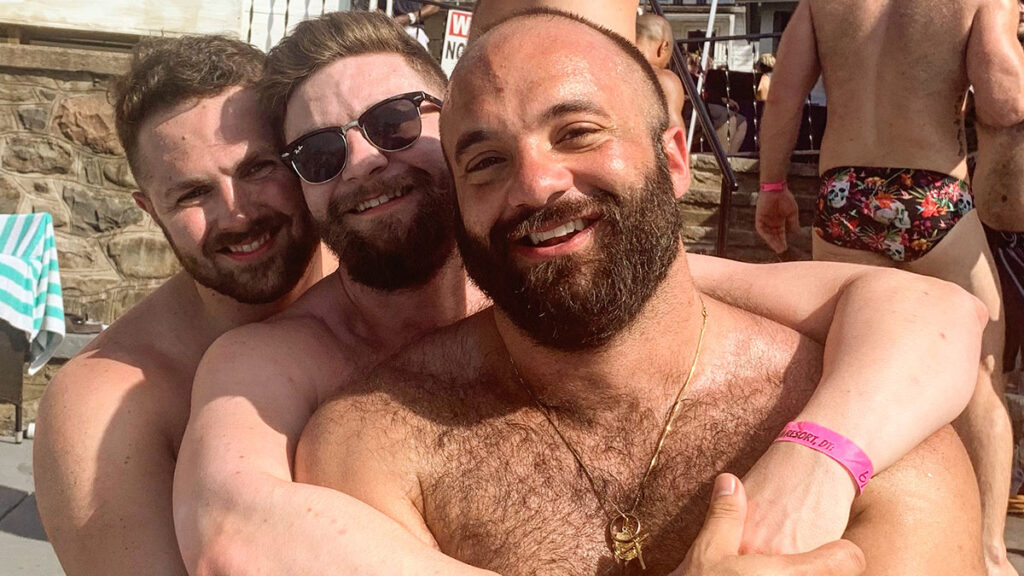
Traveling as a Triad
Making travel plans for a couple is challenging but consider traveling as a triad. For example, finding the right accommodations for ideal sleeping arrangements may be complicated. And even if sleeping arrangements involve everyone altogether in a king bed – what if one person is restless and prefers solitary sleep time? What if someone is an early riser and doesn’t want to wake the other two?
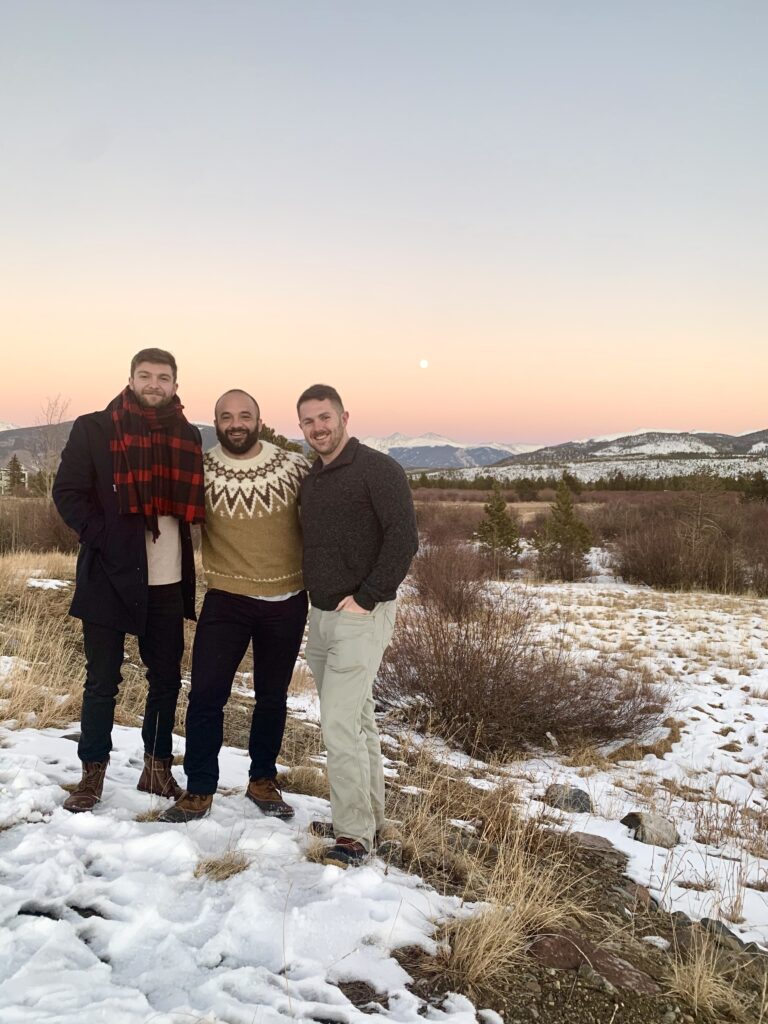
We wanted to understand what throuples – three people in a consensual relationship – experience when they travel or plan a trip. So, we talked to two people who have extensively traveled as three talked with Vacationer about what the rest is like.
Justin T. Russo and his partners Pierce Atkins and Sean Bily love to travel and do so frequently, mostly for Pride events or to visit friends. “We love to experience new cities,” said Justin, the host of Check Your Luggage, a video series on Vacationer.
In November 2020, Denver was their first trip together. Justin and Pierce’s duo had expanded to include Sean, and they were looking for a place to escape the confines of the pandemic. “We were all working remotely and planned for after Thanksgiving, after seeing family,” said Justin. They stayed with a friend and self-quarantined upon returning, to be safe, but it was a welcome break from their apartment.
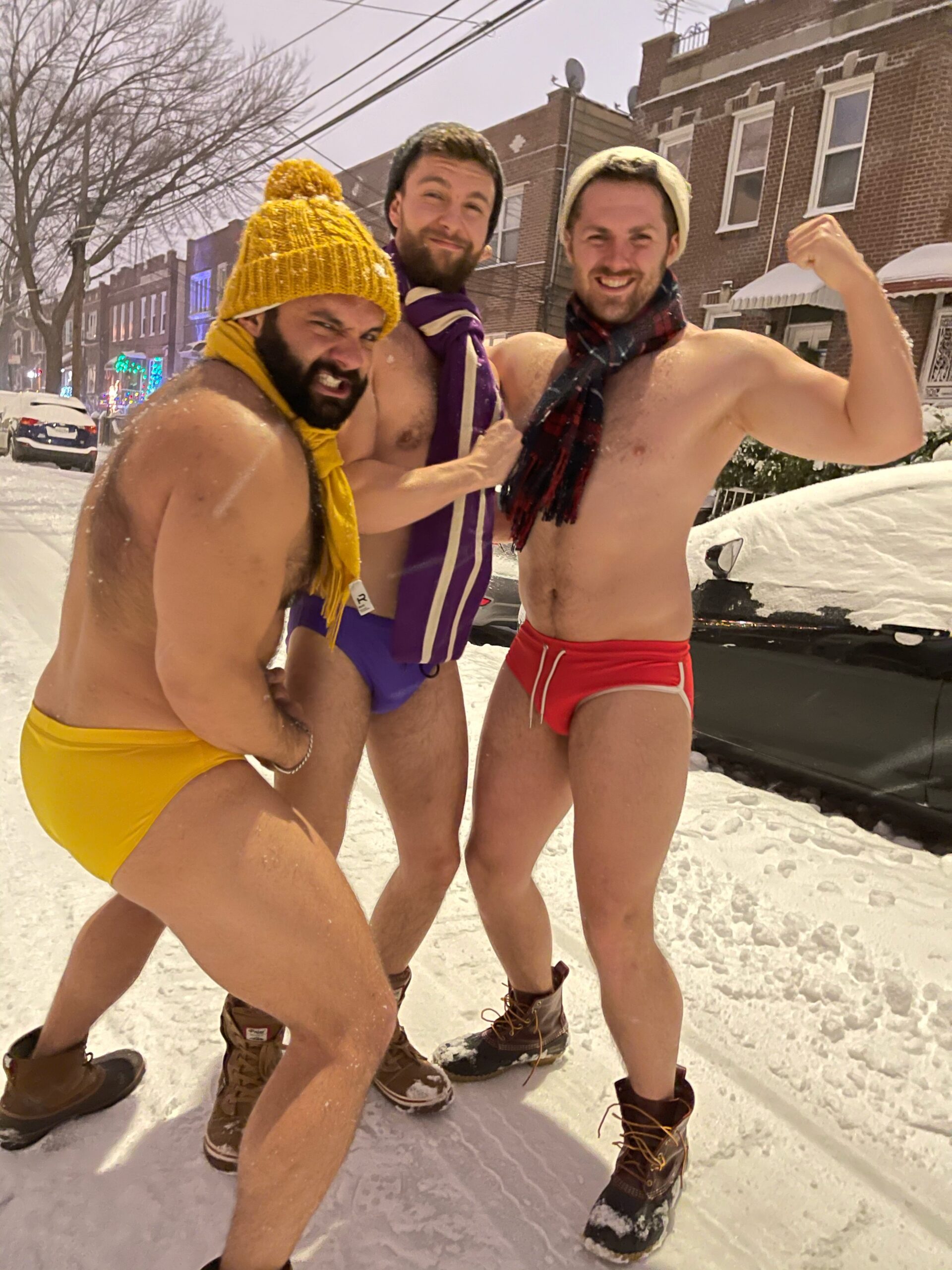
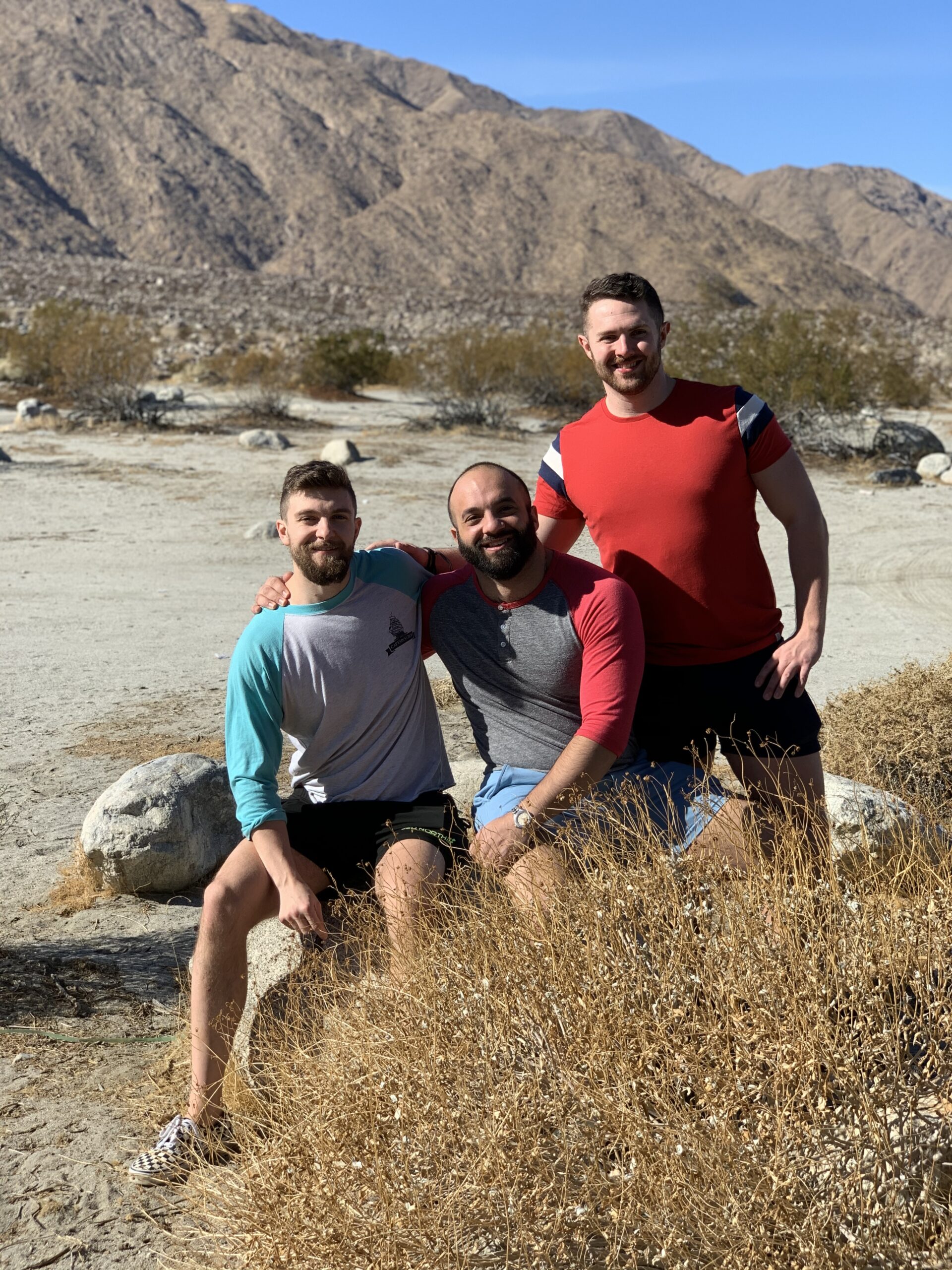
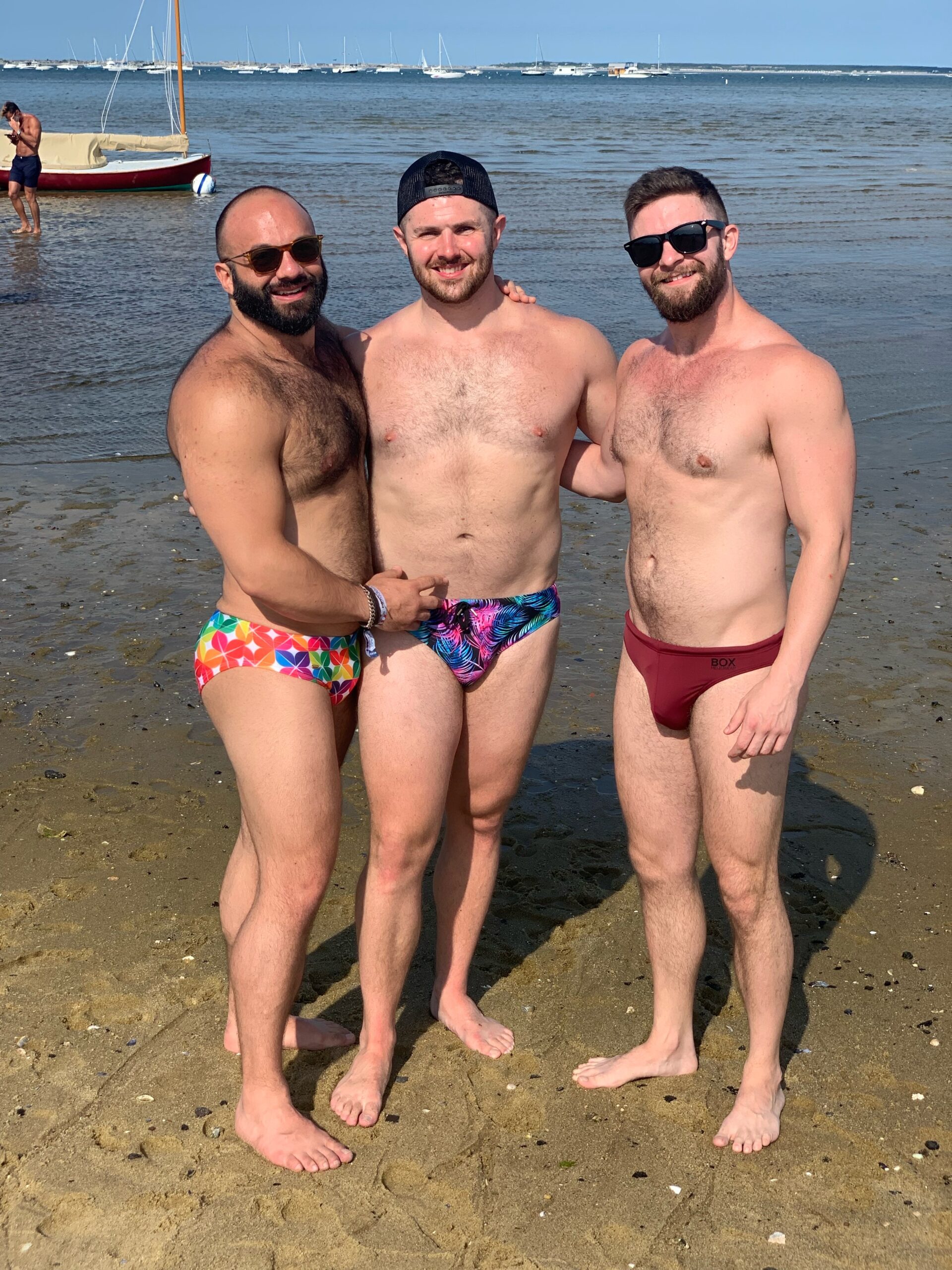
It’s a bit harder to plan that kind of trip with three. There are the logistics, like buying all of the plane tickets simultaneously to secure seats together, but there are also the realities of space limitations. “As a couple, friends can host you,” said Justin. That changes a bit with another partner, meaning that the free accommodation might not be as readily available. “With three, you have to fend for yourself,” he said.
That means budgeting and being realistic about how much all three of you will spend. It might cost less to divide a large entree into thirds, but when you’re doing the math in what each person wants to prioritize – it can add up quickly. “You’re following friends to a restaurant or into a shop, and that’s money you didn’t plan on,” said Justin.
Human beings operate differently, financially, emotionally, even physically. “Eventually, someone gets tired, and someone wants to keep going out,” Justin said. Introverts and extroverts often run into challenges with this in couples as well, where one needs to recharge with some quiet time and the other thrives on the energy of being around others. As Justin observes, “It’s like any relationship, but you add a third and it’s more delicate.”
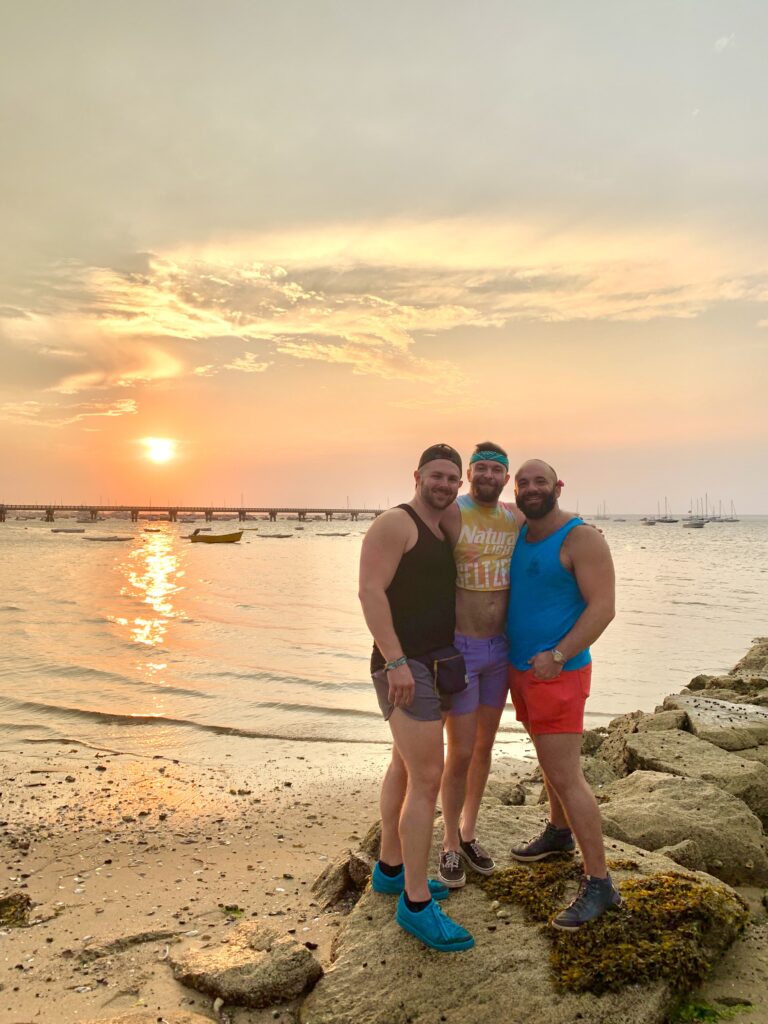
This bears out in Ana’s experiences with traveling as a threesome – a different undertaking from triad or throuple travel. Full disclosure, Ana did not want to use her real name to protect her identity and privacy. She joined existing couples for vacation fun but not an ongoing relationship. She says that being a third was too delicate for her liking; it’s not an experience she plans to repeat without careful consideration and planning.
What she learned from these trips was that she needed to fully understand the people and circumstances involved. She felt prepared for a vacation to the Outer Banks, North Carolina, having known the man who invited her for several years. However, she didn’t know his other partner and that combination was less successful. “I would say I wouldn’t travel with a couple if you haven’t met the other person,” said Ana. “I wouldn’t travel with someone I haven’t been overnight with or a couple where I knew both people involved.”
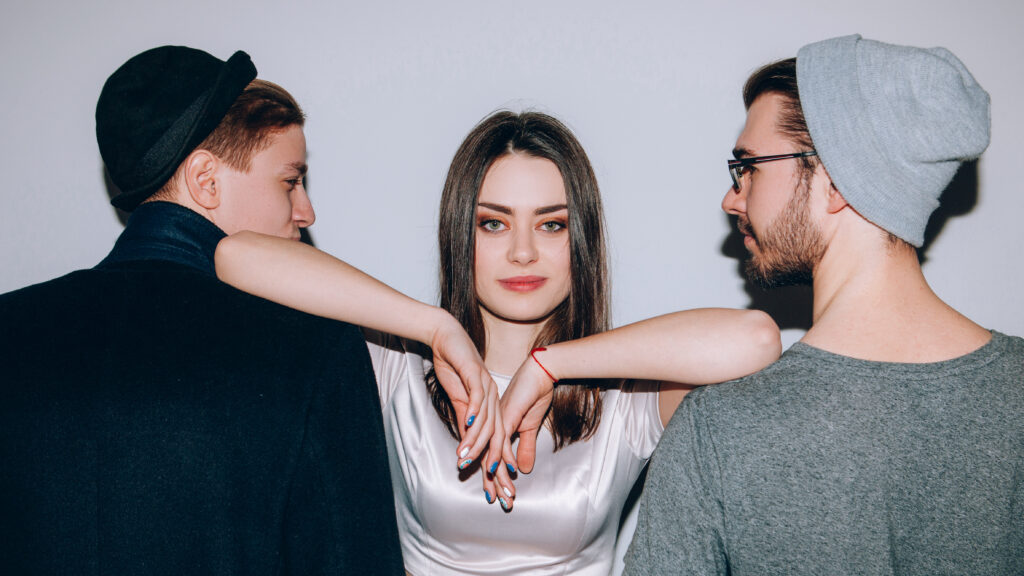
The exciting part of travel – seeing new things, and experiencing a new place – can be a double-edged sword if the group doesn’t gel. And it can be difficult to cut your losses and bail especially if you’re in a remote location. someplace more remote.
“The problem with that is, in general, you’re in a vulnerable situation,” said Ana. “In the Outer Banks, I felt isolated and stuck. Not in danger, but I wanted to get out of it.” That can be particularly hard when your ride back home may be tied to someone else.
That issue was less of a concern for her when she visited New York City with another couple. She felt more in control, as she could navigate the city independently and easily return home if necessary. The problem here was a more typical relationship issue: unresolved interpersonal dynamics.
“I did know the partner a little better and I’d taken a trip with him before,” Ana said. The snag was that his relationship with the other woman was fairly new. “I think there was a bit of competition going on,” she said.
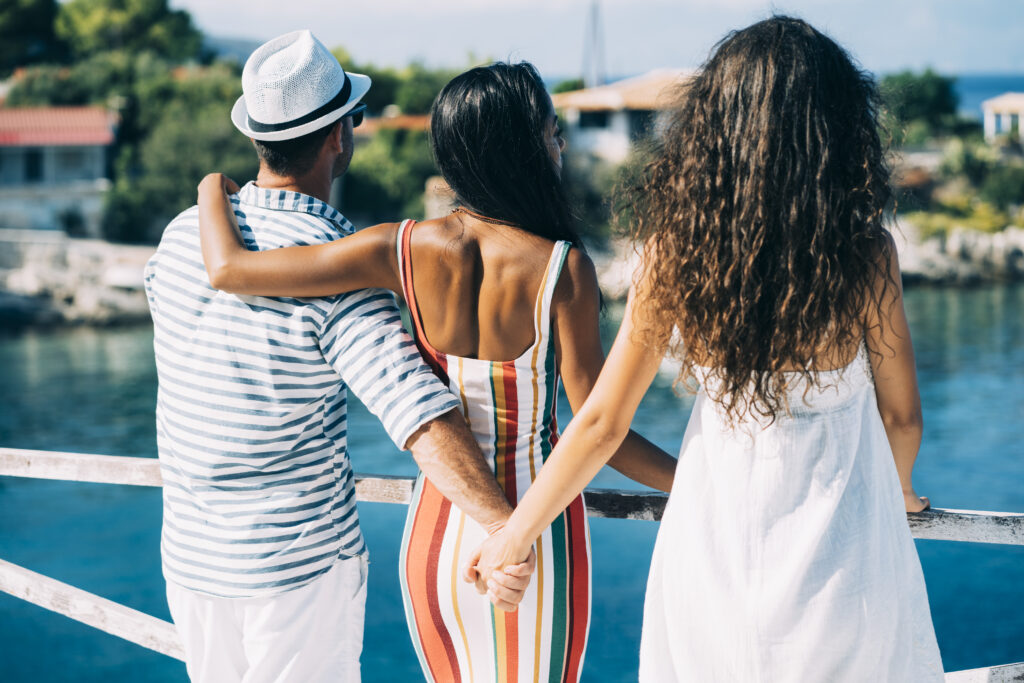
Both Ana and Justin recognize communication as an essential component of traveling with partners. Whether that’s a more casual relationship or a long-standing connection, as Justin puts it, “Communication is key: ensuring ground rules and expectations, respecting one another’s wishes.”
Ana agrees, adding that it’s important to check in with everyone. “Actively ask how people are doing and watch cues,” she said. She also advocates a more structured itinerary versus a spontaneous freewheeling approach. “Going with the flow can end badly,” she said. “Be conscious of planning stuff out, from the itinerary to together time and alone time.”
Acknowledging needs and limits can make travel more enjoyable for all involved, as can choosing your travel partners carefully. After all, as Justin said, “if you’re with people you care about, the place doesn’t matter.”





Comments are closed.